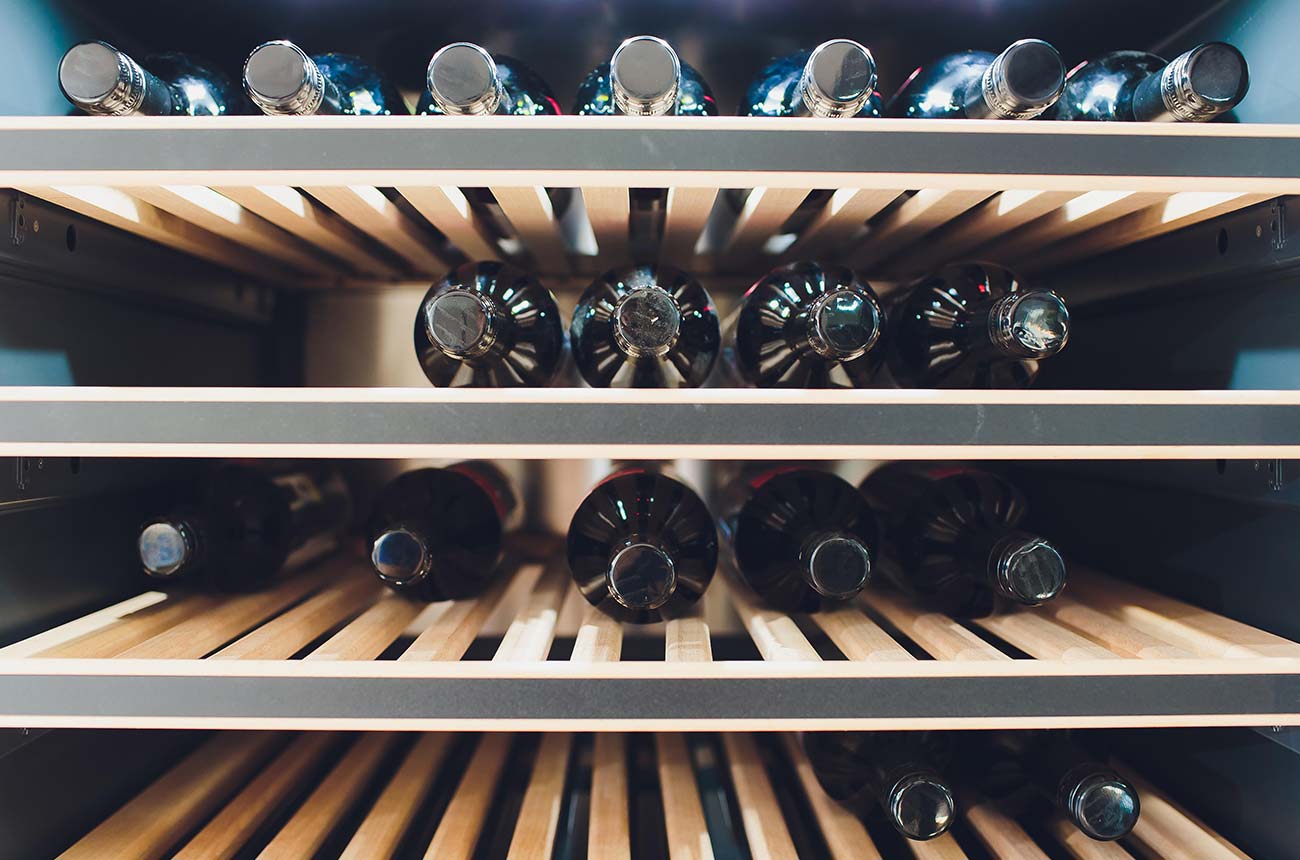

Articles
How To Store Wine After It’S Been Opened
Modified: February 28, 2024
Discover the best methods for storing wine after it's been opened with our informative articles. Keep your wine fresh and flavorful for longer.
(Many of the links in this article redirect to a specific reviewed product. Your purchase of these products through affiliate links helps to generate commission for Storables.com, at no extra cost. Learn more)
Introduction
Opening a bottle of wine can be a delightfully indulgent experience, whether it’s for a special occasion or just to unwind after a long day. But what happens when you can’t finish the entire bottle in one sitting? Understanding how to properly store wine after it has been opened is crucial to ensure that it maintains its quality and flavor.
Proper wine storage is not only important for unopened bottles but also for those that have been exposed to air after opening. Factors such as light, temperature, and oxygen can all have an impact on the taste and longevity of the wine. By understanding the principles of wine storage and following some best practices, you can extend the life of your opened wine and continue to enjoy its flavors.
In this article, we will delve into the factors that can affect wine after it has been opened, explore the best practices for storing opened wine, discuss wine preservation tools that can help maintain its freshness, and explore alternative methods for preserving wine.
Whether you’re a casual wine enthusiast or a connoisseur, these tips and techniques will ensure that the next time you open a bottle of wine, you can confidently enjoy it over multiple sittings without compromising its quality.
Key Takeaways:
- Properly storing opened wine is crucial to maintain its quality and flavor. Factors such as oxygen exposure, temperature, and light can impact the wine’s longevity. Utilize best practices and preservation tools to extend the lifespan of opened wine.
- Avoid common mistakes when storing opened wine, such as prolonged air exposure and improper sealing. Utilize alternative preservation methods and consume the wine within a few days for optimal taste. Cheers to enjoying every glass at its peak!
Read more: How To Store Sparkling Wine After Opening
Understanding Wine Storage
Proper wine storage is essential for preserving its taste, aroma, and overall quality. When it comes to opened bottles of wine, the same principles still apply. Here are a few key factors to consider when understanding how to store opened wine:
- Temperature: Wine should be stored at a consistent temperature, ideally between 50-59 degrees Fahrenheit (10-15 degrees Celsius). Fluctuations in temperature can negatively impact the wine’s flavor and chemical composition. Avoid storing opened wine in areas that are subject to extreme heat or cold, such as near windows or in the refrigerator.
- Light: Exposure to light, especially sunlight, can be detrimental to the quality of the wine. Ultraviolet rays can cause the wine to age more quickly and potentially develop off-flavors. Keep opened wine in a dark place or store it in opaque containers to minimize light exposure.
- Oxygen: Oxygen is both a friend and a foe when it comes to wine. While a certain amount of oxygen is necessary for wine to develop its flavors, too much exposure can lead to oxidation and spoilage. After opening a bottle of wine, try to limit its contact with air by resealing it tightly.
- Humidity: Humidity levels play a role in preventing the cork from drying out and allowing excess oxygen to enter the bottle. Aim for a humidity level of around 60-70% to maintain the integrity of the wine. If the environment is particularly dry, consider using a wine preservation tool that can help regulate humidity.
- Position: Storing opened wine bottles upright can help minimize the wine’s contact with the air. However, if you are using a preservation tool that creates a seal, storing the bottle on its side can also be acceptable.
By understanding these key factors and taking them into consideration, you can create an optimal storage environment for your opened wine and ensure that it maintains its quality for any future enjoyment.
Factors Affecting Wine After Opening
Once a bottle of wine has been opened, several factors come into play that can affect its taste, aroma, and overall quality. It is important to be aware of these factors and take measures to mitigate their impact. Here are the key factors that can affect wine after opening:
- Oxygen Exposure: Oxygen is the main culprit when it comes to wine deterioration. When wine comes into contact with air, it starts to oxidize, which can lead to a loss of flavor and freshness. The longer wine is exposed to oxygen, the more pronounced these negative effects become.
- Temperature Fluctuations: Extreme temperature changes can have adverse effects on wine, even after it has been opened. Rapid fluctuations in temperature can accelerate the oxidation process, causing the wine to spoil more quickly. It is essential to store the opened bottle in a cool and stable environment to minimize temperature fluctuations.
- Light Exposure: Ultraviolet rays from direct sunlight or harsh indoor lighting can degrade wine quality. The UV rays can alter the chemical composition of the wine, resulting in unwanted aromas and flavors. Storing the opened bottle in a dark place or using opaque wine preservation tools can help protect it from light exposure.
- Humidity Levels: High humidity levels can promote the growth of mold and mildew, while low humidity can cause corks to dry out and allow excessive oxygen exposure. Maintaining moderate humidity levels, around 60-70%, can help preserve the quality of the wine after opening.
- Time Since Opening: As time passes after opening, the quality of wine naturally deteriorates. The delicate balance of flavors and aromas can fade, and the wine can become flat or vinegary. It is advisable to consume opened wine within a few days to a week to enjoy it at its best.
Understanding these factors is crucial for preserving the integrity and taste of opened wine. By taking appropriate measures to minimize oxygen exposure, temperature fluctuations, light exposure, and maintaining ideal humidity levels, you can maximize the enjoyment of your opened wine for a longer period.
Best Practices for Storing Opened Wine
Properly storing opened wine is essential to maintain its quality and taste. By following these best practices, you can maximize the lifespan of your opened wine and continue to enjoy its flavors:
- Re-cork or seal the bottle tightly: After opening a bottle of wine, make sure to reseal it tightly with its original cork or a wine stopper. This will help minimize oxygen exposure and slow down the oxidation process. Ensure that the seal is airtight to prevent any air from entering the bottle.
- Store in a cool and dark place: Find a cool and dark storage location for your opened wine. Avoid storing it near sources of heat or direct sunlight, as exposure to light and high temperatures can hasten the deterioration of the wine’s flavors. A wine cellar, pantry, or a dedicated wine refrigerator are ideal places to store opened wine.
- Use a wine preservation system: Investing in a wine preservation system can significantly extend the freshness of opened wine. There are various preservation systems available, such as vacuum sealers or inert gas systems, which create a barrier between the wine and the air to slow down oxidation. These tools can be particularly useful if you plan to store the wine for an extended period.
- Keep the bottle upright or on its side: When it comes to storing opened wine bottles, there are differing opinions on whether to keep them upright or on their side. If using a wine preservation system that creates an airtight seal, storing the bottle upright can minimize surface area exposed to air. However, if you prefer to keep the wine in contact with the cork, storing it on its side can help keep the cork moist and prevent it from drying out.
- Consume within a few days: While proper storage can help prolong the life of opened wine, it is best to consume it within a few days to a week. The flavors and aromas of wine start to deteriorate quickly once the bottle is opened. Take advantage of its freshness by enjoying it sooner rather than later.
By following these best practices, you can maintain the quality and flavors of opened wine for an extended period. Remember to take into account the specific characteristics of the wine you are storing and adjust storage practices accordingly.
Using Wine Preservation Tools
Wine preservation tools are valuable accessories that can help prolong the freshness and quality of opened wine. These tools create a barrier between the wine and the air, reducing oxidation and preserving the wine’s flavor and aroma. Here are some popular wine preservation tools and how to use them:
- Vacuum Sealers: Vacuum sealers work by removing the air from the bottle and creating a vacuum seal. To use a vacuum sealer, insert the stopper into the bottle and attach the handheld pump. Pump out the air until you feel resistance, indicating that the vacuum seal has been created. This tool helps to slow down oxidation and extend the life of opened wine.
- Inert Gas Systems: Inert gas systems, such as argon or nitrogen, displace the oxygen in the bottle. This prevents oxidation and helps preserve the wine’s flavors and aromas. Simply insert the nozzle of the inert gas system into the bottle and release a short burst of gas. The gas will create a protective layer over the wine, maintaining its freshness.
- Wine Dispensers: Wine dispensers are specialized systems that allow you to pour wine without exposing it to air. These devices typically feature airtight compartments for each bottle, allowing you to enjoy a glass of wine while preserving the integrity of the remaining wine. Wine dispensers are suitable for wine enthusiasts who enjoy tasting different wines over an extended period.
- Wine Stopper with Pump: A wine stopper with a built-in pump is an easy-to-use and affordable option for preserving opened wine. Simply insert the stopper into the bottle and use the built-in pump to remove the air. The stopper creates a tight seal, preventing the wine from oxidizing and maintaining its freshness. These stoppers are an excellent choice for casual wine drinkers who want to extend the lifespan of their opened wine.
- Sparkling Wine Stoppers: Sparkling wine stoppers are specially designed to preserve the effervescence and bubbles in sparkling wines. These stoppers feature an airtight seal and a built-in pressure release valve. To use, insert the stopper into the bottle and fasten it securely. The stopper will help maintain the carbonation and flavors of your sparkling wine for future enjoyment.
Using these wine preservation tools can significantly extend the lifespan of opened wine, allowing you to savor its flavors over multiple occasions. Remember to follow the manufacturer’s instructions for each tool and store the wine properly to optimize the effectiveness of the preservation method.
Store opened wine in the refrigerator to slow down oxidation. Use a vacuum pump to remove air from the bottle before resealing it with a cork or stopper.
Read more: How To Store White Wine After Opening
Alternative Methods for Preserving Wine
While wine preservation tools are effective for keeping opened wine fresh, there are alternative methods you can employ if you do not have access to these tools. These methods may not be as efficient as dedicated preservation systems, but they can still help extend the lifespan of opened wine. Here are some alternative methods for preserving wine:
- Refrigeration: Storing opened wine in the refrigerator can slow down the oxidation process and help preserve its freshness. Place the opened bottle in the refrigerator, preferably in the coldest part, such as the back of the fridge. However, keep in mind that refrigeration can also dull the flavors and aromas of the wine, so it’s best to consume it within a few days.
- Transfer to Smaller Bottles: Pouring the remaining wine into smaller bottles can minimize the amount of air in contact with the wine. Choose bottles that are just the right size for the remaining wine, leaving minimal headspace. Seal the smaller bottles tightly with their respective corks or stoppers. This method reduces the surface area exposed to oxygen, helping to slow down the oxidation process.
- Use Wine Saver Pumps: A wine saver pump is an affordable alternative to vacuum sealers. These pumps work by manually removing the air from the bottle, similar to a vacuum sealer. Insert the stopper into the bottle and use the pump to extract the air. While not as efficient as a vacuum sealer, it can still help slow down oxidation and maintain the quality of the wine to some extent.
- Wine Preserver Sprays: Wine preserver sprays work by creating a protective layer on top of the wine, helping to shield it from oxygen. Simply spray a thin layer onto the surface of the wine, immediately reseal the bottle, and store it properly. This method is convenient and can be used for opened wine that will be consumed within a day or two.
- Freezing: Freezing wine is a last resort option if you cannot finish the bottle and want to save it for future use in cooking. Pour the remaining wine into an airtight container, leaving some headspace for expansion, as liquids expand when frozen. When ready to use, thaw the wine in the refrigerator and consume it within a few days. It is important to note that freezing can alter the wine’s taste, so it is not recommended for preserving its original wine-drinking qualities.
While these alternative methods can help extend the lifespan of opened wine to some degree, it is important to note that they are not as reliable as dedicated wine preservation tools. The wine may still experience some oxidation and loss of flavor over time. It’s best to consume the preserved wine as soon as possible or within a few days for optimal taste.
Common Mistakes to Avoid
When it comes to storing opened wine, there are some common mistakes that many people make. These mistakes can compromise the quality and longevity of the wine. To ensure that your opened wine stays fresh and enjoyable, avoid the following errors:
- Exposing wine to air for too long: The longer wine is exposed to air, the faster it will deteriorate. Avoid leaving opened wine bottles uncorked or unsealed for extended periods. The clock starts ticking as soon as the bottle is opened, so it’s best to reseal it as quickly as possible.
- Storing wine in inappropriate locations: Storing opened wine in areas that are subject to extreme temperatures, light exposure, or high humidity can harm the wine’s quality. Avoid storing opened wine near a window or heat source, as this can accelerate oxidation. Instead, find a cool and dark spot to store the wine properly.
- Not properly sealing the bottle: Insufficiently sealing the bottle can lead to increased oxygen exposure and faster deterioration. Always ensure that the bottle is tightly sealed with the original cork or a proper wine stopper. A loose or faulty seal can allow air to enter the bottle, spoiling the wine.
- Storing wine for too long: While proper storage can help extend the life of opened wine, it is not a magical solution. Opened wine should be consumed within a few days to a week for optimal taste. Storing it for too long can result in a significant loss of flavor and freshness.
- Ignoring the characteristics of the wine: Different types of wine have varying levels of acidity, tannins, and aging potential. It is important to consider the specific characteristics of the wine you are storing. Lighter, more delicate wines may not keep as well as full-bodied reds. Adjust your storage methods and expectations accordingly.
By avoiding these common mistakes, you can ensure that your opened wine stays in the best possible condition for a longer period. Proper sealing, appropriate storage conditions, timely consumption, and consideration of the wine’s characteristics are crucial in preserving its quality and flavors.
Frequently Asked Questions
1. How long can I store opened wine?
The lifespan of opened wine varies depending on several factors such as the type of wine, storage conditions, and preservation methods used. In general, it is best to consume opened wine within a few days to a week for optimal taste and freshness.
2. Can I store opened wine in the refrigerator?
Yes, storing opened wine in the refrigerator can help slow down the oxidation process and preserve its freshness. However, keep in mind that prolonged refrigeration can dull the flavors and aromas of the wine, so it is best to consume it within a few days.
3. Do I need to store opened red and white wines differently?
Generally, the storage principles for opened red and white wines are similar. Storing them in a cool, dark place and minimizing oxygen exposure is important. However, some white wines may be more sensitive to temperature fluctuations, so it is important to be cautious and store them in a stable environment.
4. Are wine preservation tools necessary?
While wine preservation tools are not a necessity, they can significantly extend the lifespan of opened wine. These tools help minimize oxygen exposure and preserve the wine’s flavors. However, alternative methods such as refrigeration or transferring to smaller bottles can also help preserve opened wine to some extent.
5. Can I reuse the original cork to seal an opened wine bottle?
Reusing the original cork to seal an opened wine bottle is not recommended as it may not create an airtight seal. Once a cork has been removed from the bottle, it loses some of its elasticity and may not fit tightly enough to prevent air from entering. It is best to use a proper wine stopper or preservation tool.
6. Are there any tricks to revive flat or oxidized wine?
Unfortunately, once wine has gone flat or become oxidized, it is challenging to restore its original flavors. The best course of action is to use oxidized wine in cooking or as a base for sauces, where the flavors can still contribute to the dish. It is always best to consume wine before it reaches this state.
7. Can I freeze opened wine to preserve it?
Freezing opened wine is not recommended for preserving its original wine-drinking qualities. Freezing alters the wine’s taste and can affect its texture. Freezing can be an option if you plan to use the wine for cooking purposes, but it is not ideal for preserving its quality as a beverage.
These FAQs should provide you with a better understanding of how to store opened wine and address common concerns regarding its preservation. Remember, proper storage and timely consumption are key to enjoying the best flavors and aromas of your opened wine.
Conclusion
Properly storing opened wine is essential to maintain its quality and preserve its flavors. By understanding the factors that can affect wine after opening and following best practices for storage, you can prolong the lifespan of your opened bottles and continue to enjoy their taste over multiple sittings.
Factors such as oxygen exposure, temperature fluctuations, light exposure, and humidity levels can all impact the freshness and longevity of opened wine. By minimizing these factors through proper storage techniques, such as tightly sealing the bottle, storing it in a cool and dark place, and using wine preservation tools, you can extend the life of your wine and enhance your overall drinking experience.
While wine preservation tools like vacuum sealers, inert gas systems, and wine dispensers are effective at reducing oxidation, there are alternative methods such as refrigeration, transferring to smaller bottles, and utilizing wine preserver sprays that can still help extend the lifespan of your opened wine to some extent.
To ensure optimal results, it is important to be mindful of common mistakes to avoid, such as exposing wine to air for too long, storing wine in inappropriate locations, and not properly sealing the bottle. By avoiding these pitfalls, you can increase the chances of preserving the quality and flavors of your opened wine.
Remember to enjoy your opened wine within a few days to a week for the best taste. While proper storage can help prolong its lifespan, the flavors and aromas of wine naturally deteriorate over time. Embrace the opportunity to savor and share the wine while it is at its peak.
By following these guidelines, you can confidently store and preserve your opened wine, ensuring that every glass you enjoy is as delightful as the first. Cheers!
Frequently Asked Questions about How To Store Wine After It'S Been Opened
Was this page helpful?
At Storables.com, we guarantee accurate and reliable information. Our content, validated by Expert Board Contributors, is crafted following stringent Editorial Policies. We're committed to providing you with well-researched, expert-backed insights for all your informational needs.
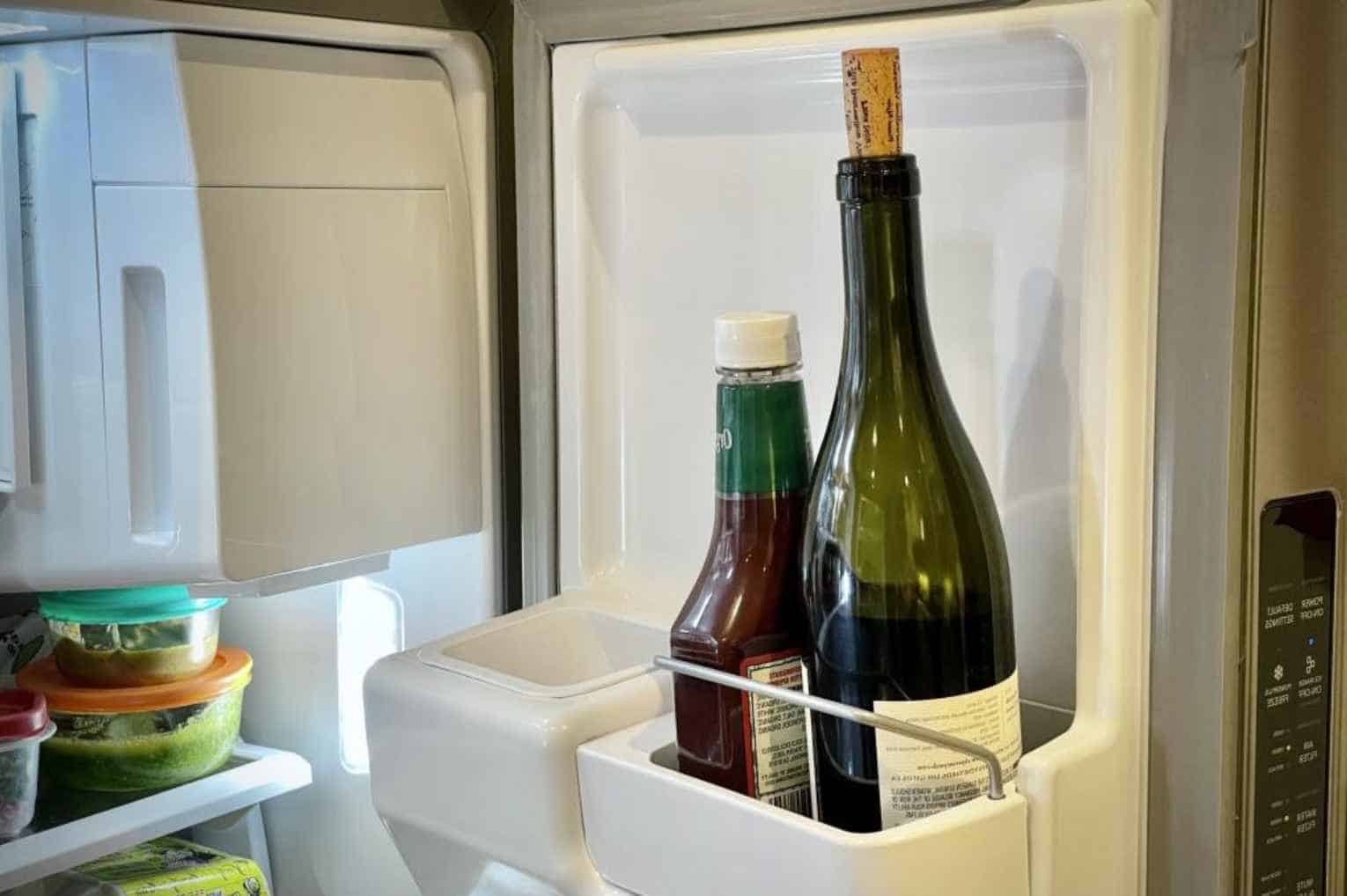
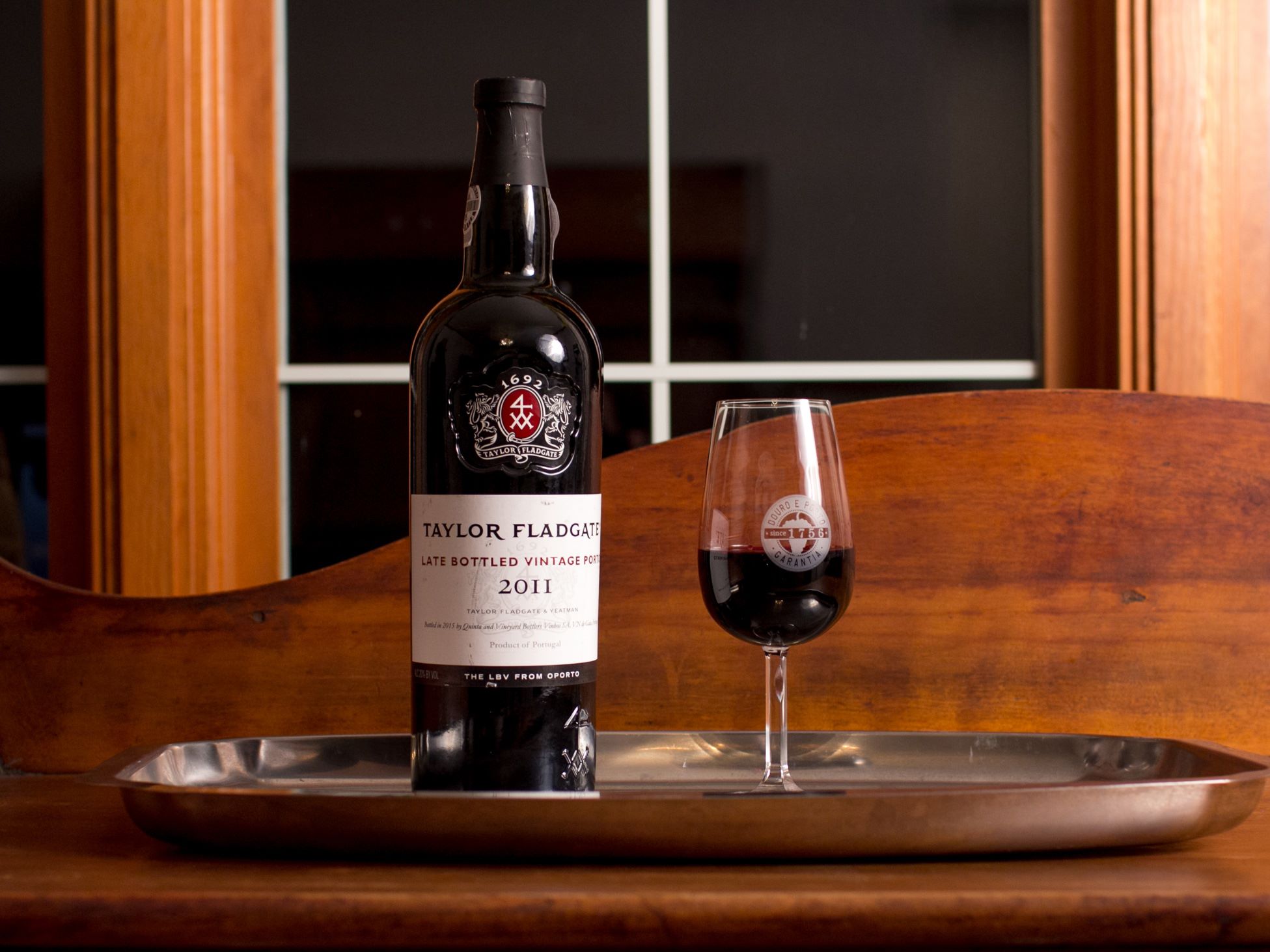
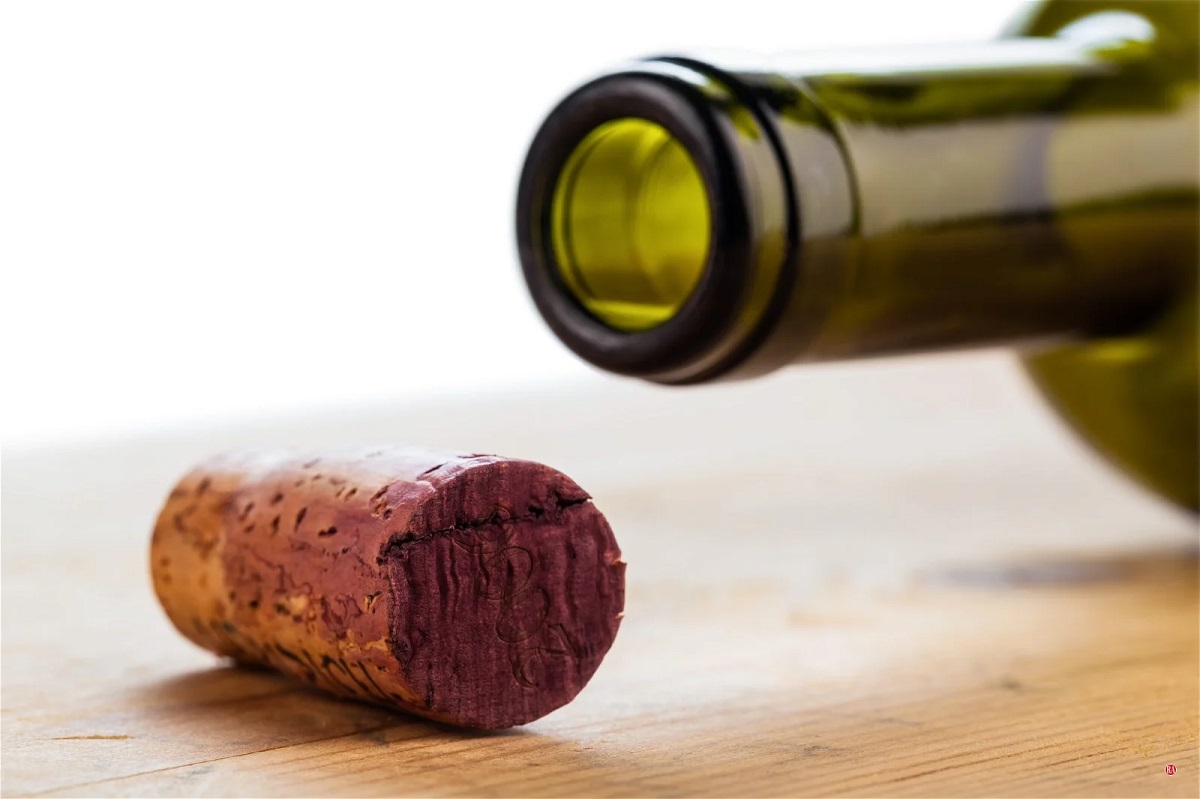
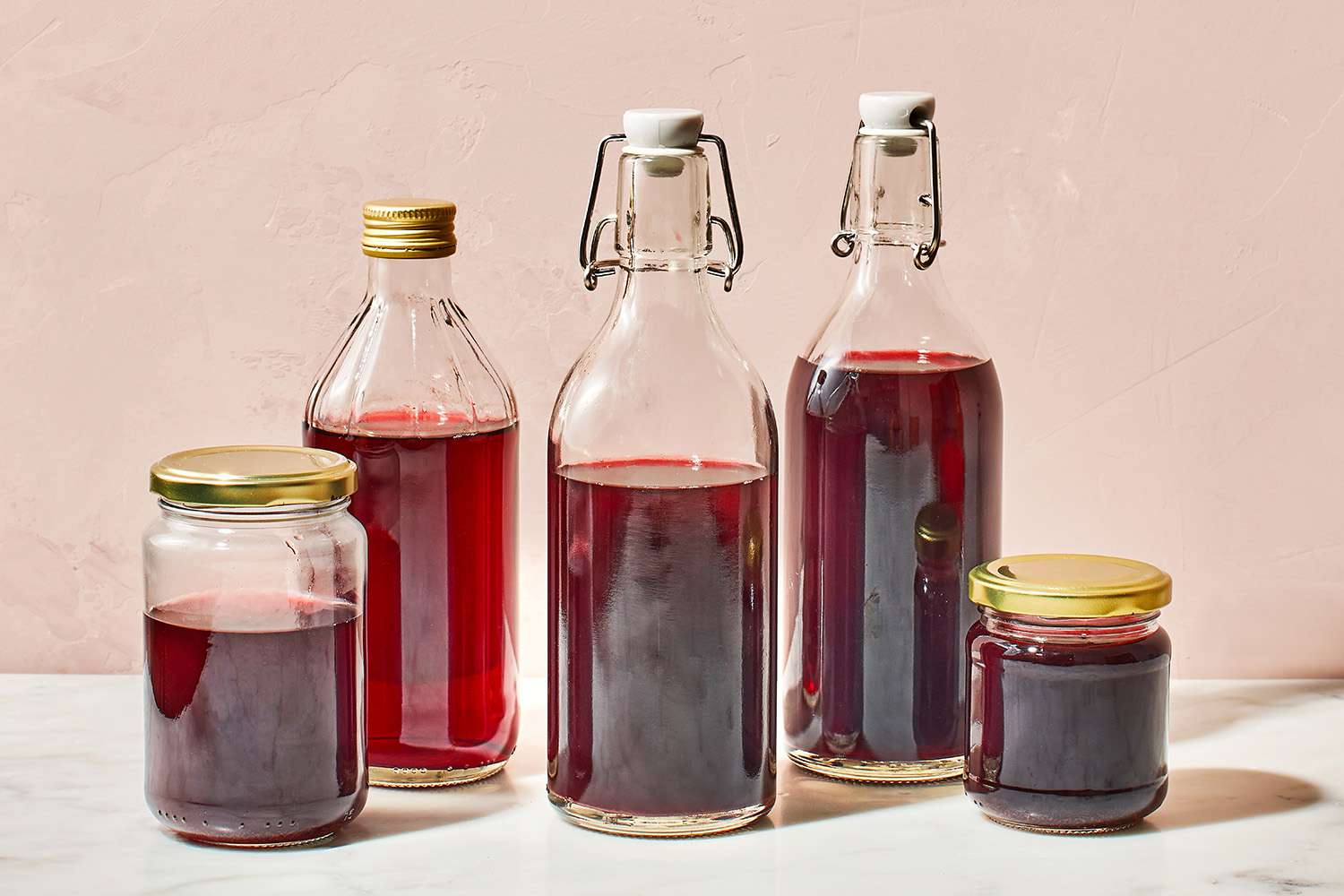
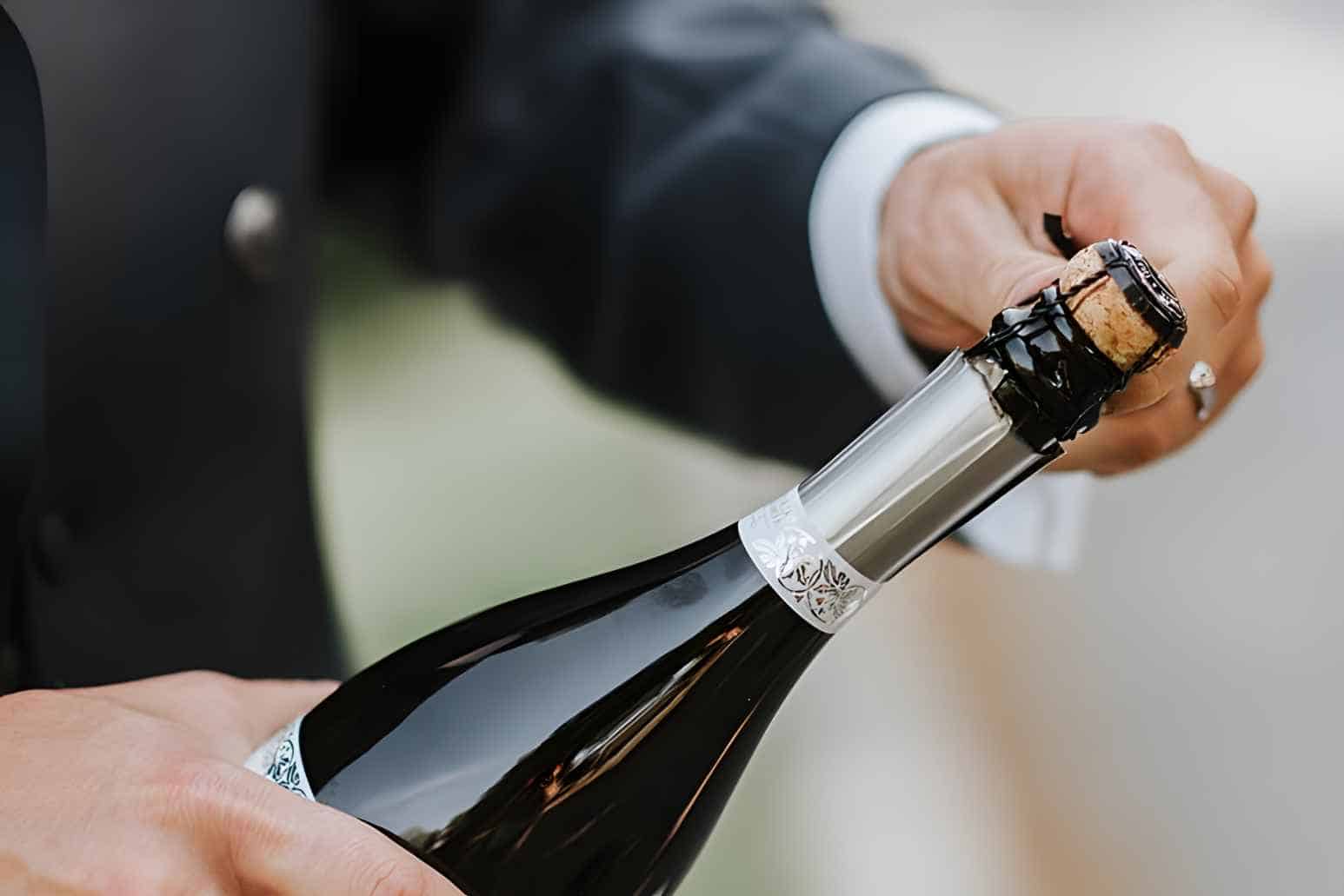
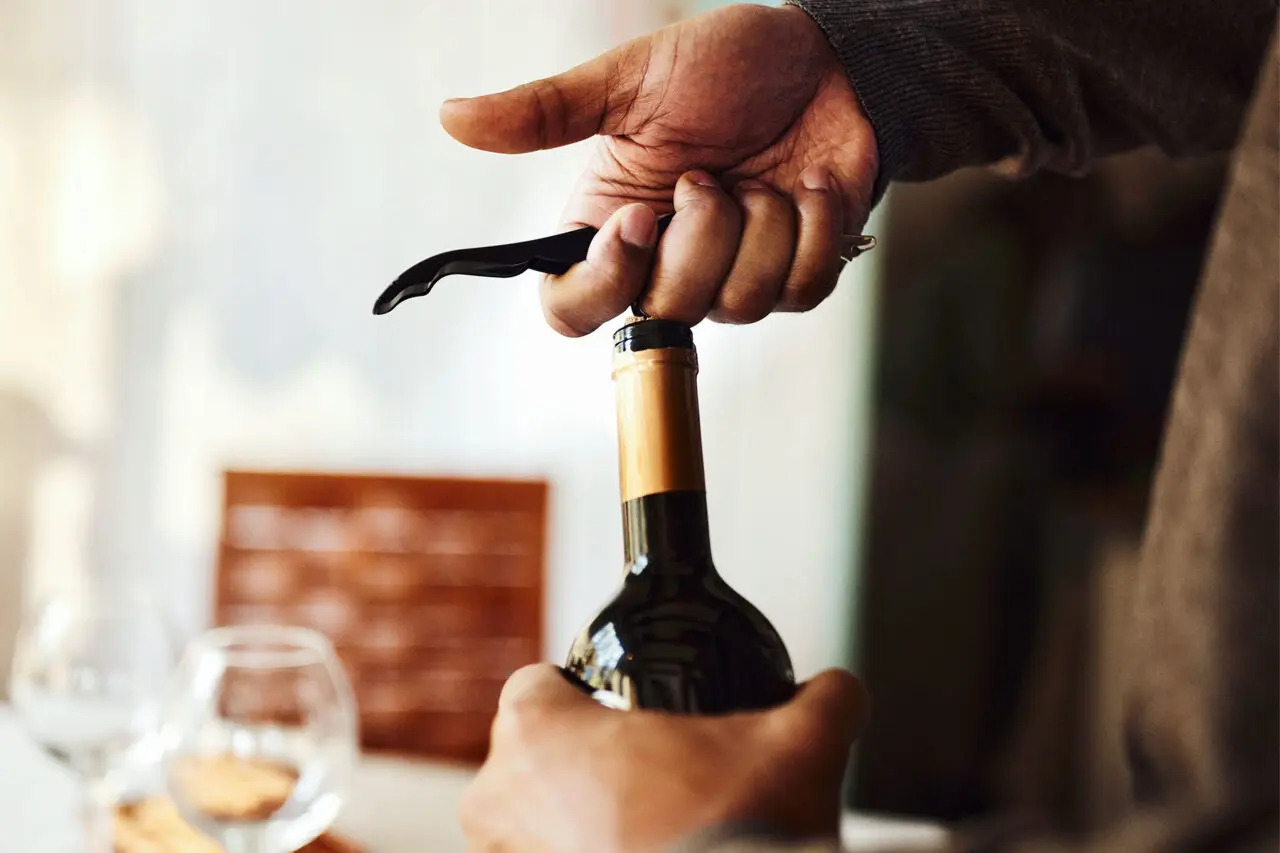
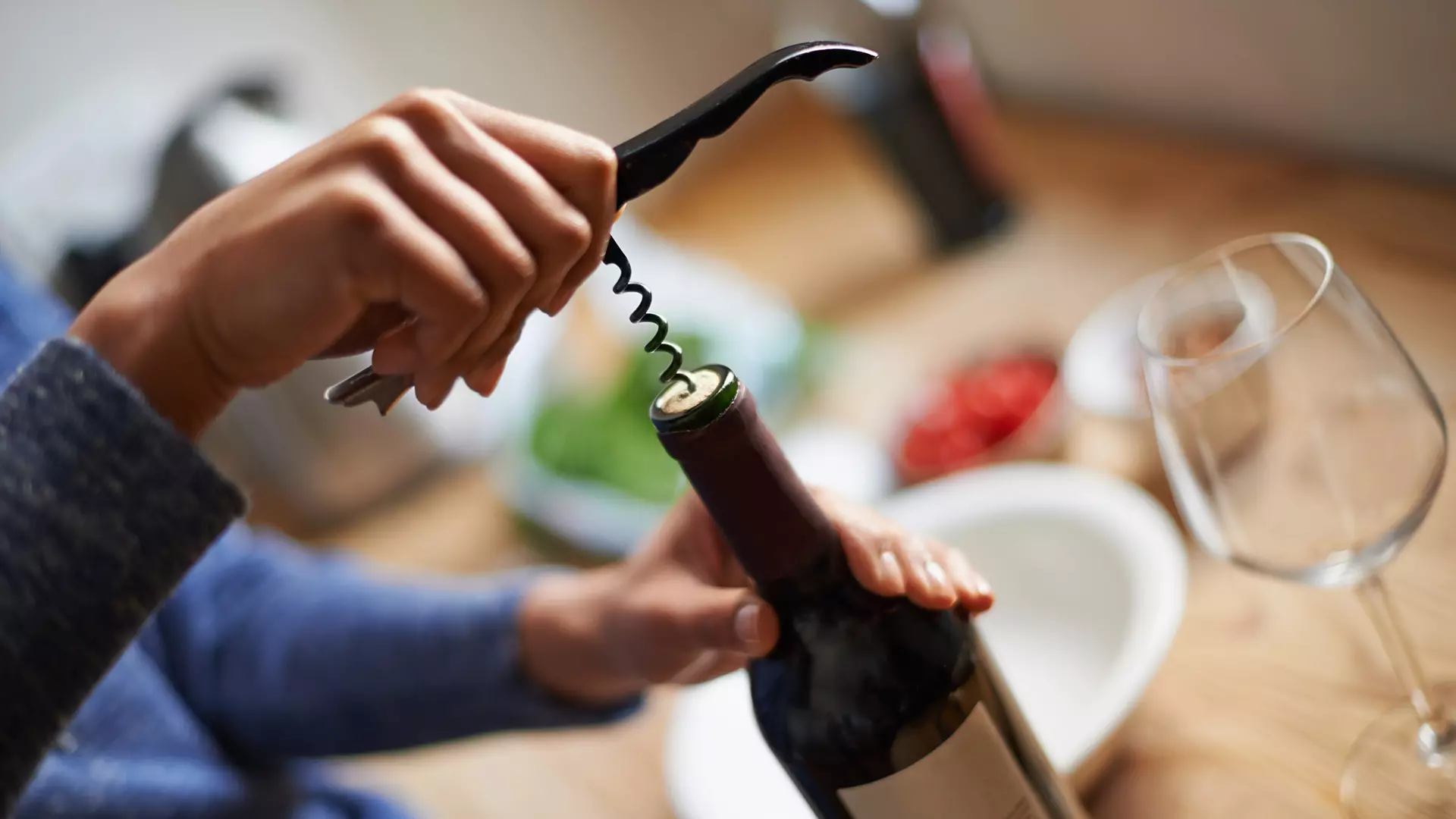
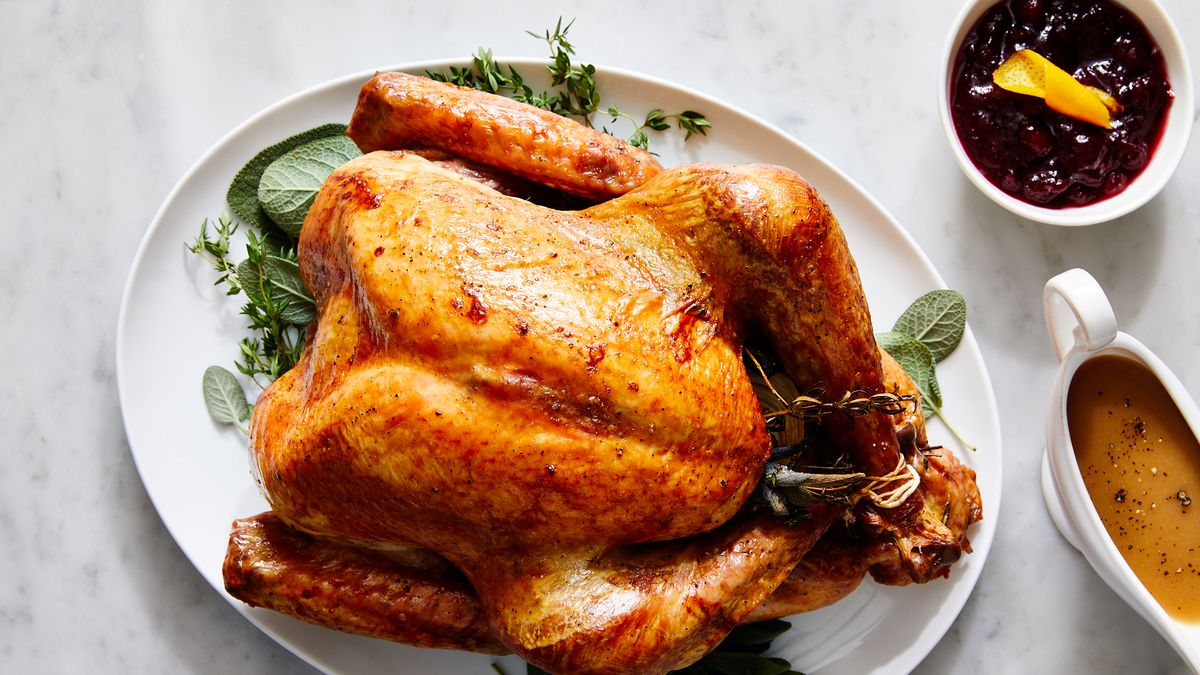
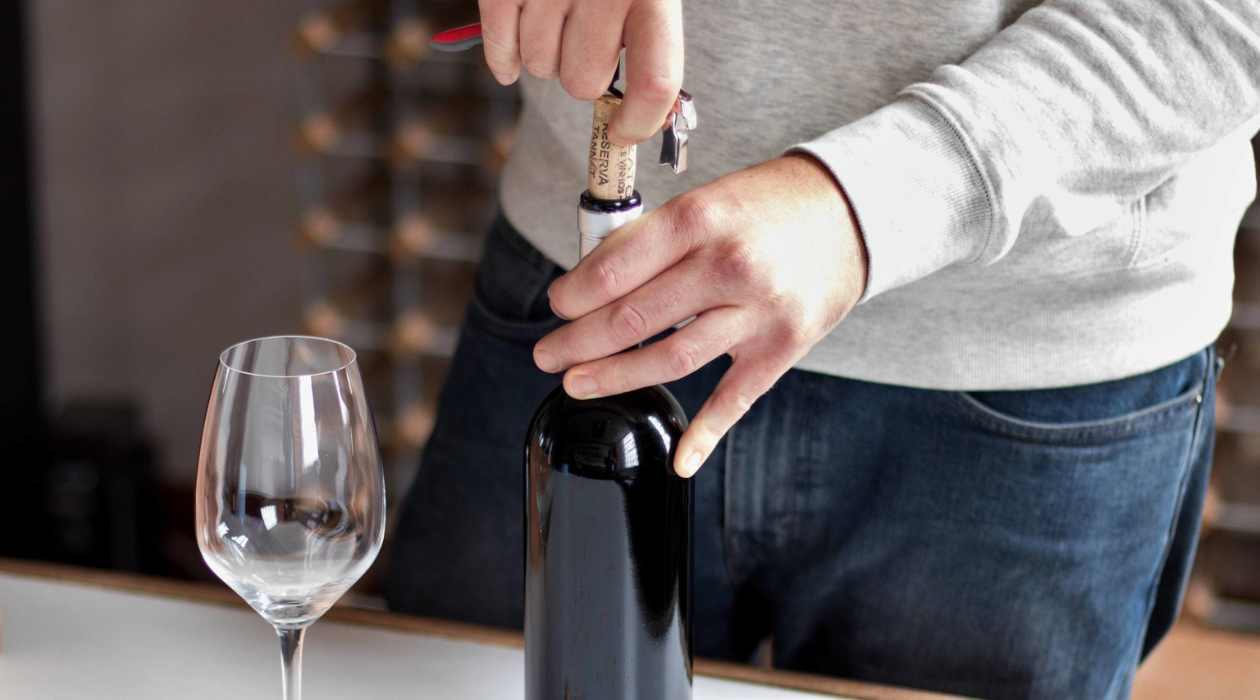
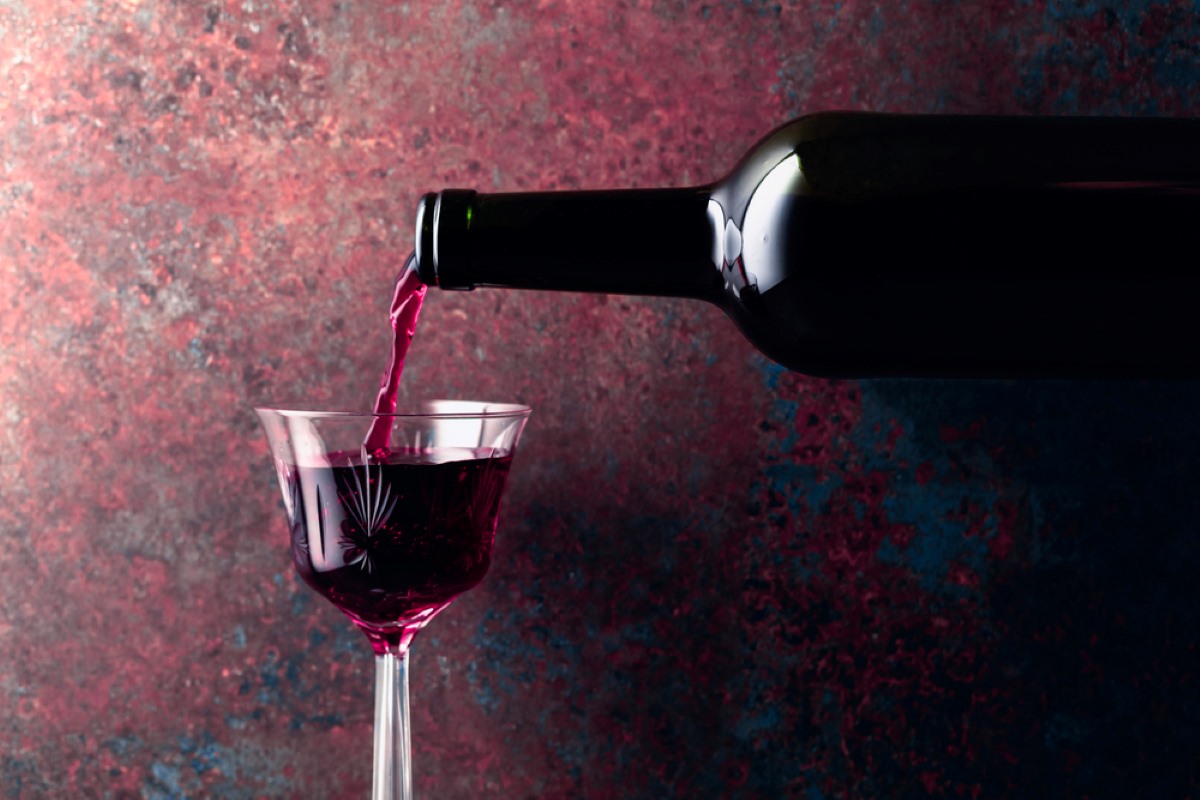
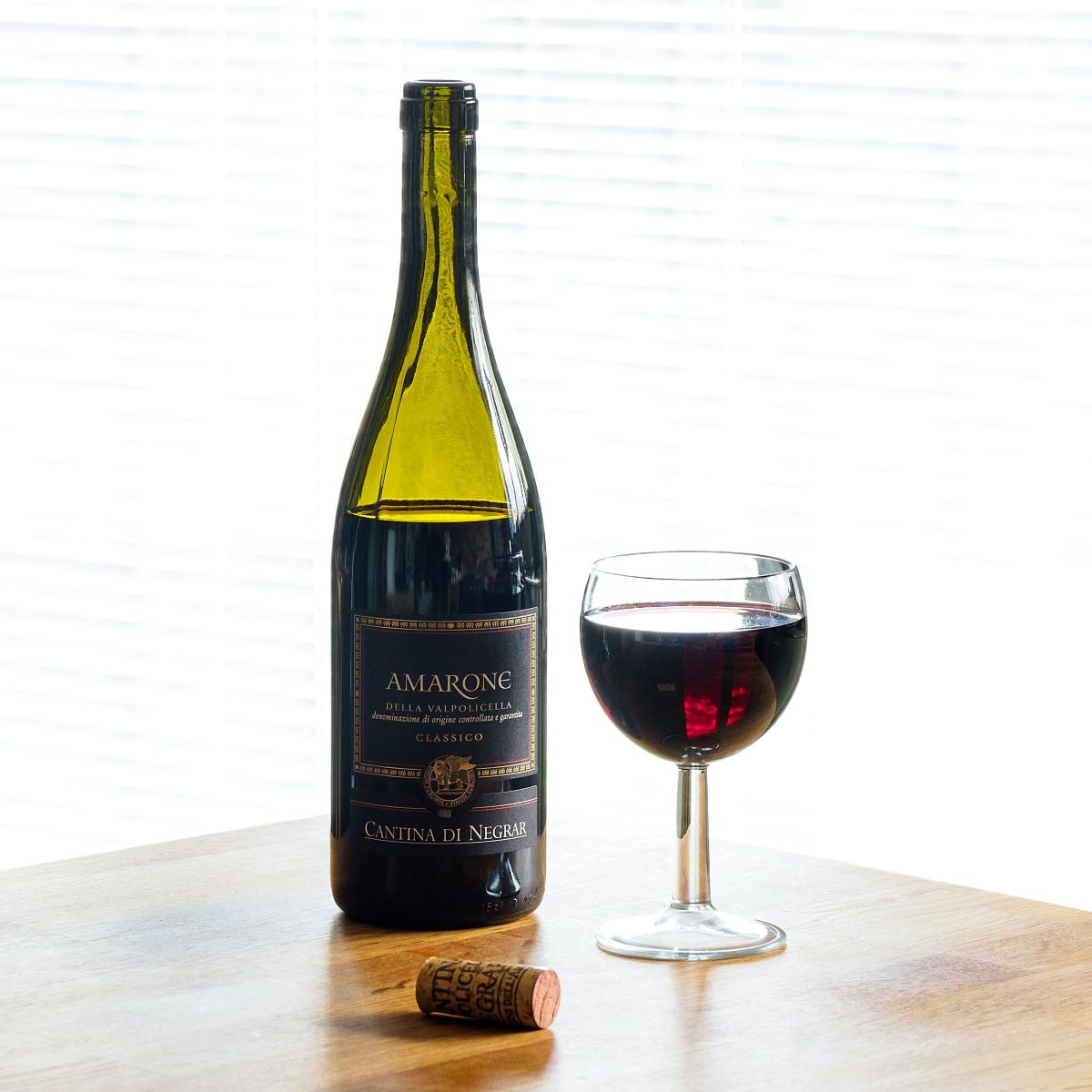
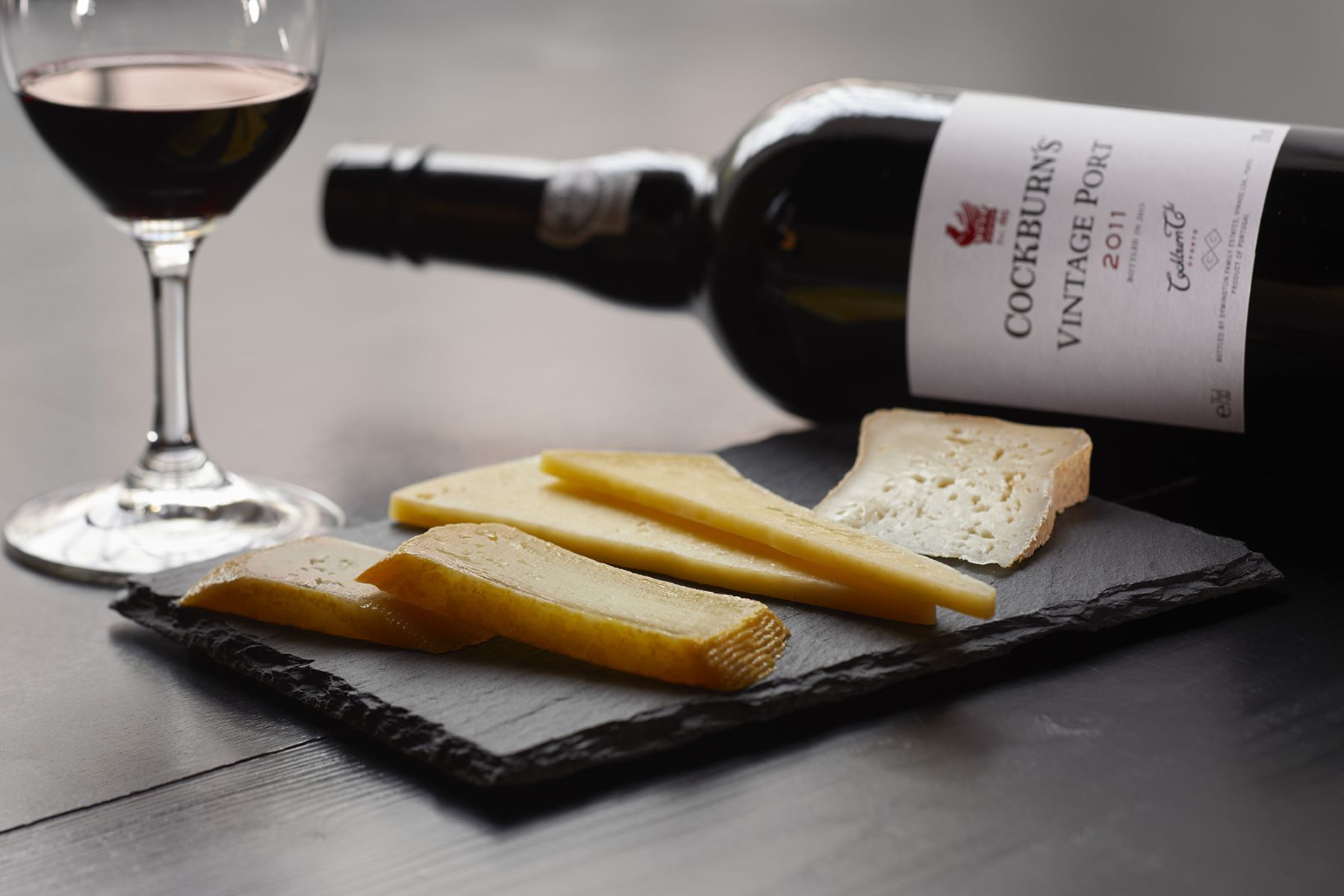
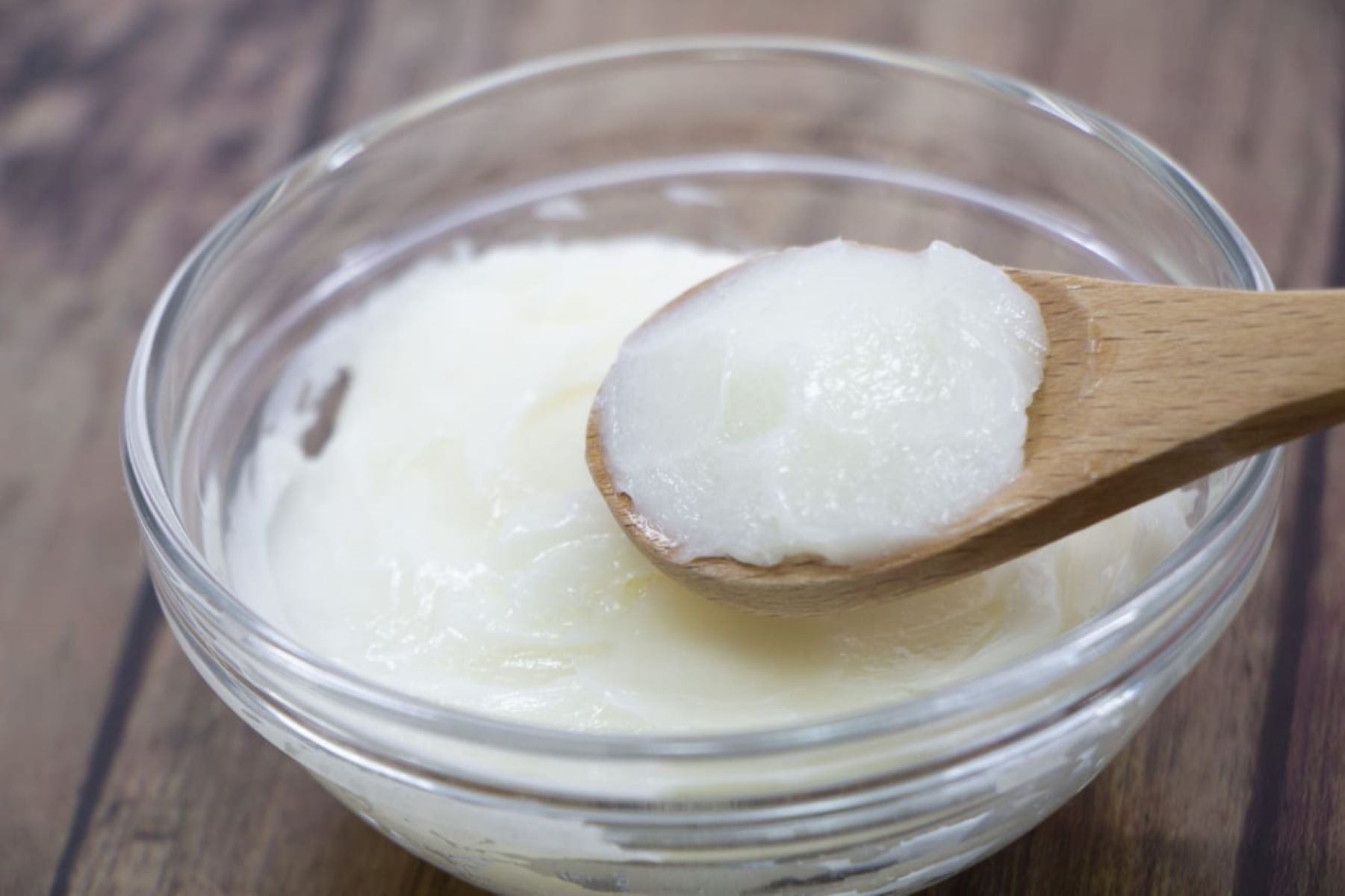
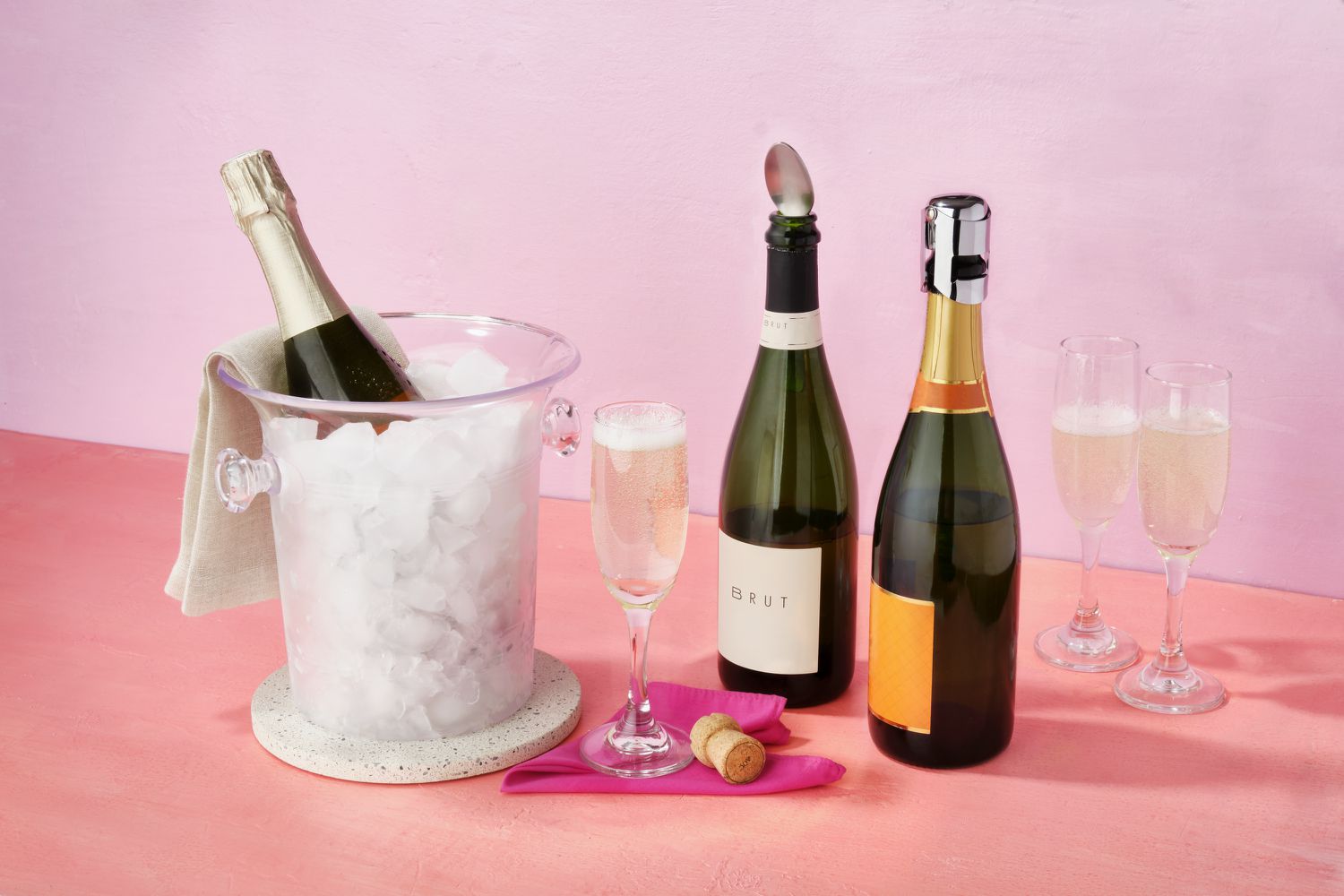

0 thoughts on “How To Store Wine After It’S Been Opened”